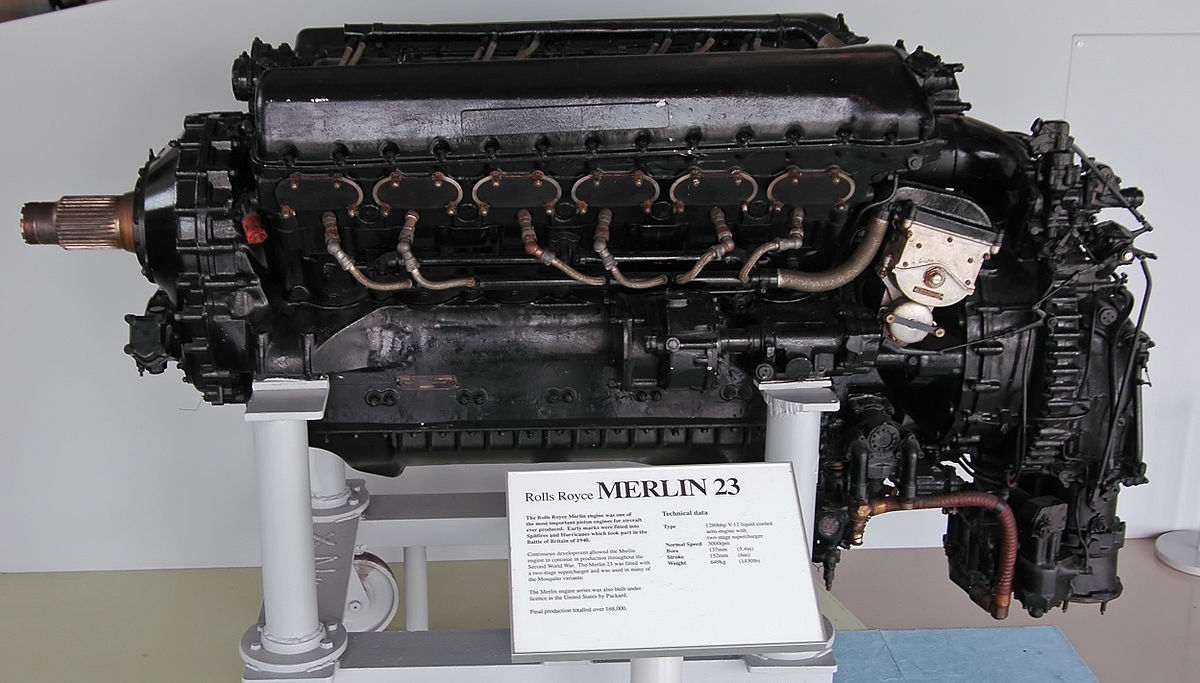BarnOwlLover
Staff Sergeant
#1, the reduction happened with the switch to the Merlin 134/135When that reduction of boost took place?
That's very interesting. What source confirms +25 psi boost for post-war Sabres?
Jumo 213E and F were outfitted with 2-stage superchargers, and were still using 87 oct fuel.
#2 the Sabre VIII was rated to run 25 lbs of boost, but was post war.


